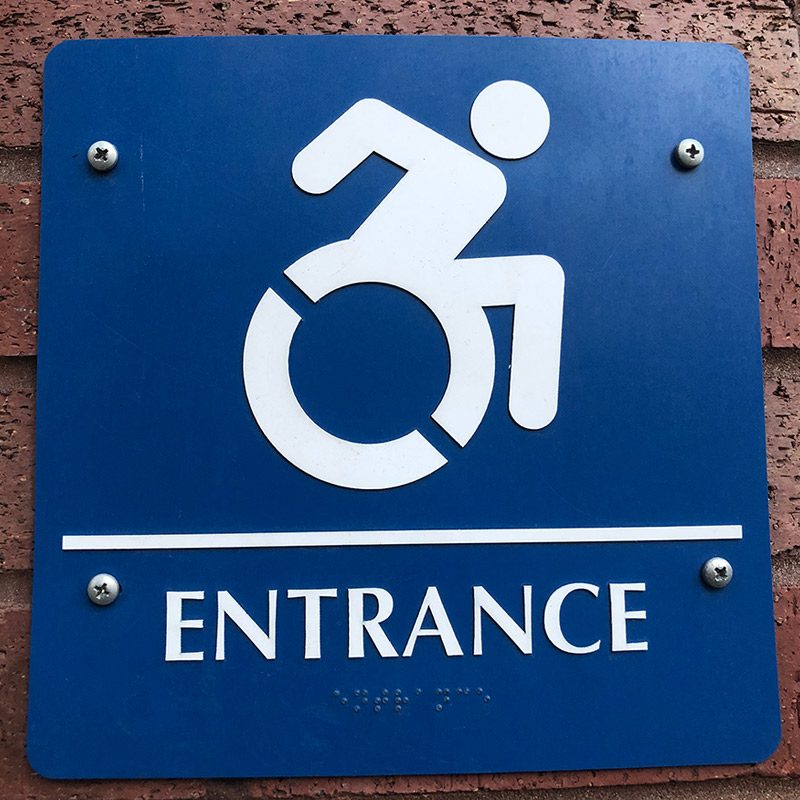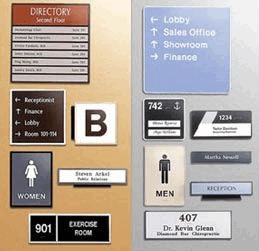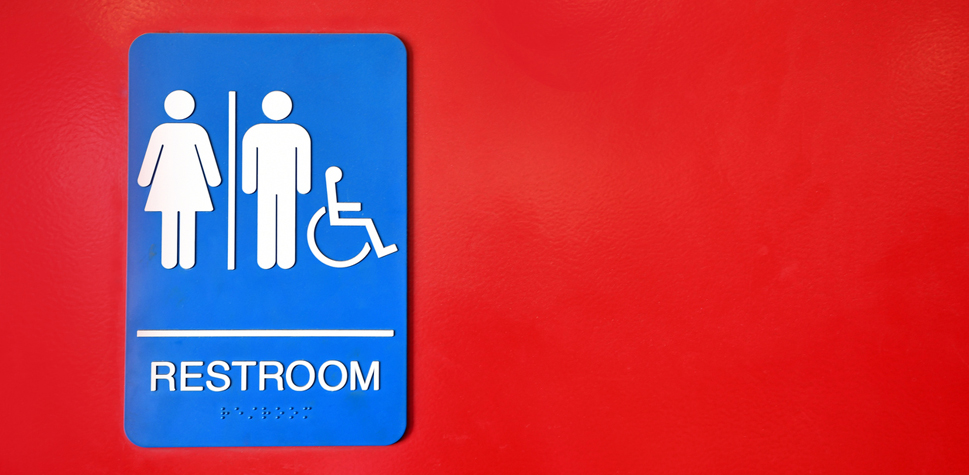Discovering the Key Features of ADA Indicators for Boosted Access
In the world of availability, ADA indications act as silent yet powerful allies, making sure that areas are comprehensive and navigable for individuals with disabilities. By incorporating Braille and responsive aspects, these indicators damage barriers for the aesthetically damaged, while high-contrast color pattern and readable font styles satisfy varied visual demands. Additionally, their tactical positioning is not approximate however rather a computed initiative to facilitate seamless navigation. Beyond these functions lies a much deeper narrative regarding the evolution of inclusivity and the recurring commitment to producing equitable rooms. What more could these indications signify in our search of universal ease of access?
Value of ADA Compliance
Ensuring compliance with the Americans with Disabilities Act (ADA) is critical for promoting inclusivity and equivalent gain access to in public areas and offices. The ADA, enacted in 1990, mandates that all public facilities, companies, and transportation services fit people with disabilities, ensuring they take pleasure in the very same rights and chances as others. Conformity with ADA requirements not just fulfills legal obligations however likewise improves a company's online reputation by demonstrating its commitment to variety and inclusivity.
One of the key facets of ADA conformity is the execution of available signage. ADA signs are designed to make certain that individuals with impairments can quickly navigate via structures and areas. These indications should follow specific guidelines regarding size, typeface, shade contrast, and placement to guarantee visibility and readability for all. Properly implemented ADA signage assists get rid of barriers that people with disabilities frequently encounter, therefore advertising their independence and confidence (ADA Signs).
Furthermore, sticking to ADA guidelines can alleviate the danger of legal effects and prospective penalties. Organizations that fall short to follow ADA standards might deal with penalties or claims, which can be both monetarily difficult and damaging to their public picture. Thus, ADA conformity is integral to cultivating a fair environment for every person.
Braille and Tactile Aspects
The unification of Braille and tactile aspects into ADA signage symbolizes the principles of access and inclusivity. It is generally put underneath the equivalent text on signs to make certain that people can access the information without visual support.
Tactile elements extend beyond Braille and consist of elevated signs and characters. These components are created to be noticeable by touch, enabling individuals to recognize area numbers, restrooms, exits, and various other essential areas. The ADA establishes certain standards concerning the size, spacing, and positioning of these responsive elements to optimize readability and ensure uniformity across different atmospheres.

High-Contrast Color Schemes
High-contrast color design play a critical duty in enhancing the presence and readability of ADA signage for people with visual impairments. These systems are necessary as they maximize the distinction in light reflectance between text and background, ensuring that indications are easily noticeable, even from a distance. The Americans with Disabilities Act (ADA) mandates the usage of particular shade contrasts to accommodate those with restricted vision, making it a critical element of conformity.
The effectiveness of high-contrast shades lies in their capacity to stand out in different lights conditions, consisting of poorly lit atmospheres and areas with glare. Generally, dark message on a light history or light text on a dark history is used to achieve ideal comparison. For instance, black message on a yellow or white history provides a plain aesthetic distinction that aids in quick acknowledgment and understanding.

Legible Fonts and Text Size
When thinking about the style of ADA signs, the choice of clear font styles and proper message dimension can not be overemphasized. These elements are critical for ensuring that signs come to people with aesthetic problems. The Americans with Disabilities Act (ADA) mandates that fonts must be sans-serif and not italic, oblique, script, very decorative, or of uncommon kind. These needs aid make certain that the text is quickly readable from a distance and that the characters are distinct to varied target markets.
The size of the message likewise plays a critical role in accessibility. According to ADA standards, the minimum message elevation ought to be 5/8 inch, and it should enhance proportionally with viewing distance. This is particularly crucial in click over here public spaces where signage needs to be reviewed swiftly and precisely. Consistency in message size adds to a cohesive aesthetic experience, helping individuals in browsing environments successfully.
Furthermore, spacing in between letters and lines is indispensable to clarity. Adequate spacing protects against characters from showing up crowded, enhancing readability. By sticking to these standards, designers can significantly boost availability, ensuring that signage offers its intended top article function for all individuals, no matter of their visual capacities.
Effective Placement Approaches
Strategic positioning of ADA signage is vital for making the most of availability and ensuring conformity with lawful requirements. ADA guidelines stipulate that signs must be placed at an elevation between 48 to 60 inches from the ground to ensure they are within the line of view for both standing and seated people.
Furthermore, indications need to be placed adjacent to the lock side of doors to enable easy recognition prior to entrance. This placement aids individuals locate areas and rooms without obstruction. In cases where there is no door, indicators must be situated on the local surrounding wall surface. Consistency in indicator positioning throughout a facility boosts predictability, reducing complication and enhancing overall customer experience.

Conclusion
ADA indications play a crucial duty in advertising ease of access by integrating functions that deal with the needs of individuals with disabilities. These elements jointly promote an inclusive atmosphere, highlighting the value of ADA compliance in ensuring equal accessibility for all.
In the world of availability, ADA indications serve as quiet yet effective allies, guaranteeing that spaces are accessible and comprehensive for people with specials needs. The ADA, passed in 1990, mandates that all public facilities, companies, and transport services suit individuals with disabilities, guaranteeing they take pleasure in the exact same rights and possibilities as others. ADA Signs. ADA indications are created to make sure that individuals with handicaps can quickly navigate with buildings and spaces. ADA guidelines click here for more stipulate that signs need to be placed at an elevation between 48 to 60 inches from the ground to guarantee they are within the line of sight for both standing and seated people.ADA signs play a vital duty in promoting access by integrating attributes that attend to the needs of people with specials needs